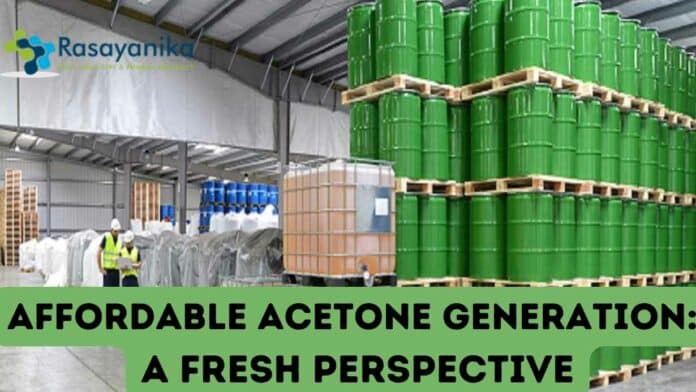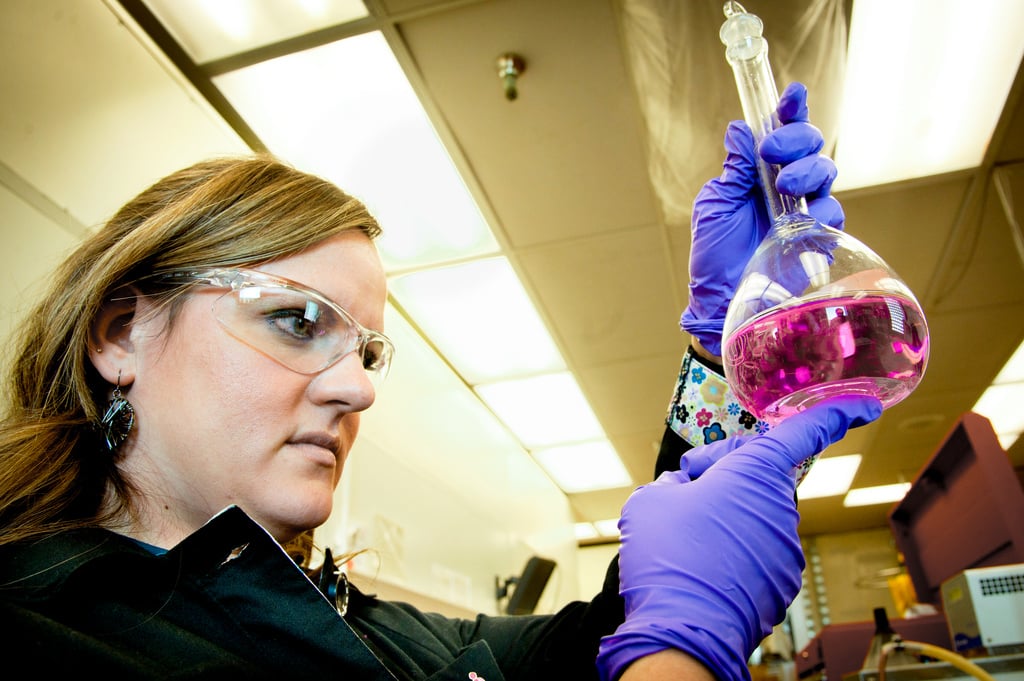Budget Friendly Acetone Generation. Take a look at how it is done?
Researchers from Brazil and Germany have come up with a new and safer way to make acetone, a crucial chemical used in various products like adhesives, antibiotics, and electronics. The traditional method of making acetone involves several complex and hazardous steps. It starts with turning propane into propylene, which is then mixed with benzene and oxygen at high temperatures and pressures. This process also produces another chemical called phenol, which isn’t in as much demand and can be expensive to convert into useful substances.
The new method, developed by scientists from Brazil’s Federal University of São Carlos and Federal University of Minas Gerais, along with researchers from the Max Planck Institute of Colloids and Interfaces in Germany, is much simpler and safer. Instead of the traditional process, they use light and a chemical called iron chloride (FeCl3) to create acetone. When iron chloride is exposed to certain types of light, it generates something called chlorine radicals, which are powerful chemicals that can break apart the carbon-hydrogen bonds in other molecules. In this case, they use these radicals to help create acetone when oxygen is present. The best part
is that this reaction happens at room temperature, so there’s no need for extreme heat or pressure.There are many advantages to this Budget Friendly Acetone Generation. It skips the complicated steps involving propylene, making it quicker and safer. It also saves energy and money because it doesn’t require as many stages and can be done at lower temperatures. While they used special LED lights for their experiments, the researchers hope to use sunlight in the future, making the process even more eco-friendly.
The researchers have already filed a patent for their method and are looking for partnerships with companies to scale it up for commercial production. They believe this new way of making acetone could revolutionize the chemical industry by making the process safer and more sustainable while reducing costs. The biggest challenges they face are adapting the method for large-scale production and the fact that there aren’t many commercial methods like this available yet.
In addition to making acetone, the researchers are also exploring how this method could be used for other chemicals like methane. They’re determined to keep improving and expanding their innovative approach to industrial chemical production.

















































